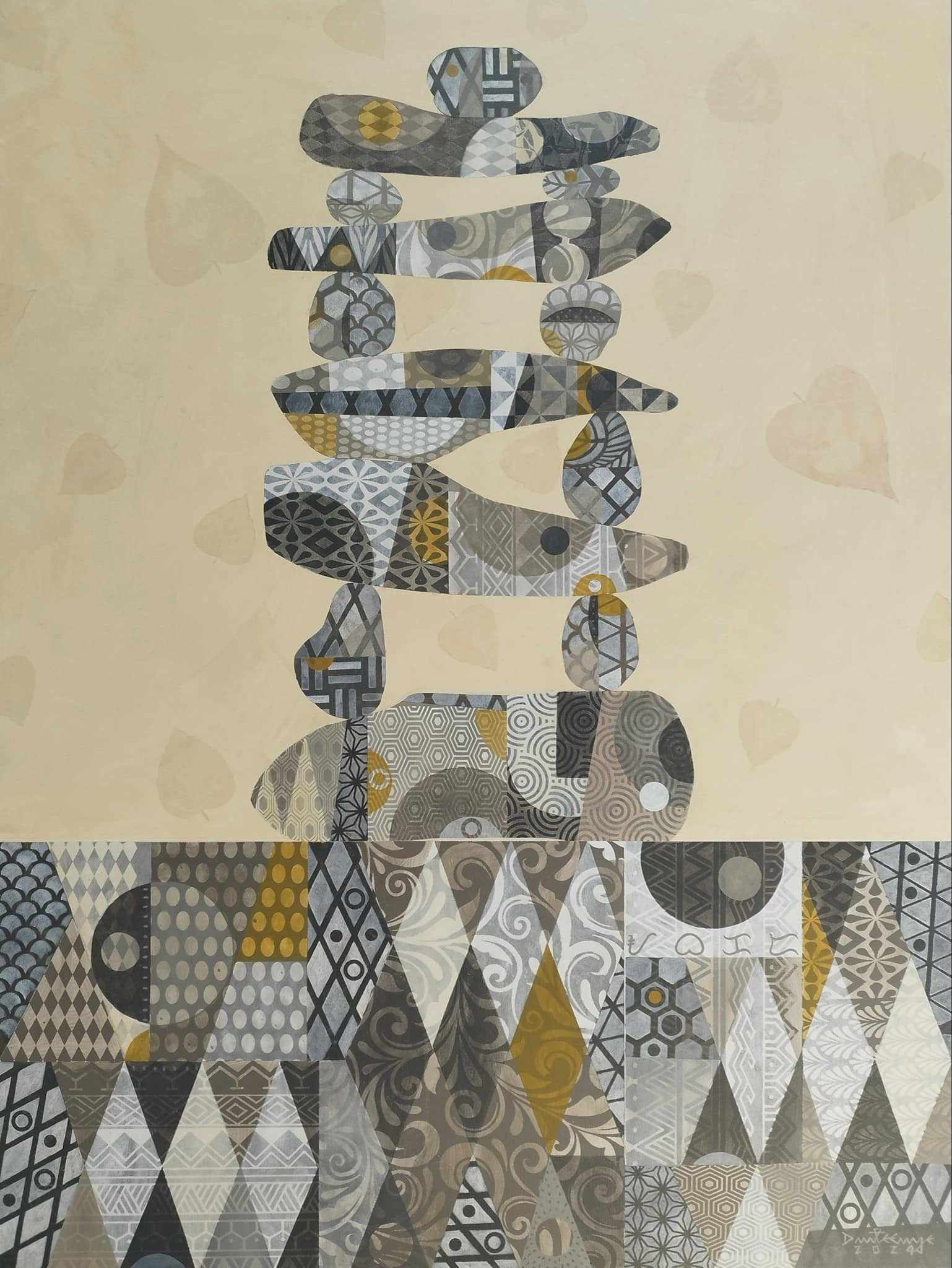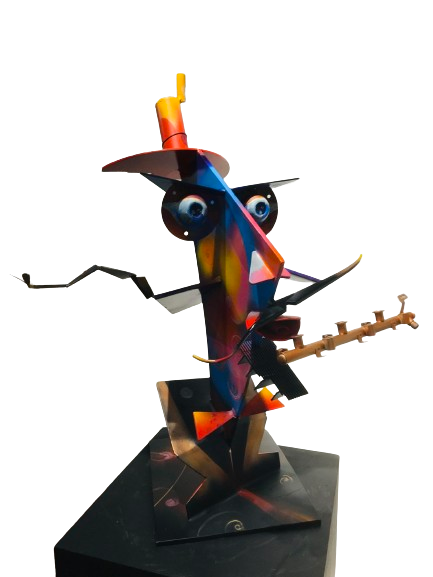
Karen May Castrillo-Villaseñor, born in 1987, is the eldest child of Remedios Castrillo and artist Ronald Castrillo.
Born out of a family of artists, the Castrillo’s being arguably the pioneer of Brass Sculpture in the Philippines, Karen May Castrillo-Villaseñor seeks to live up to the family name and make them proud. The first of the third generation of Castrillo artists, she is best known for innovating her father’s works by blending in femininity and vulnerability in every piece, working mostly with materials like Brass, Copper & Stainless. She believes in the visual language of art through multi-dimensional experience; the dialogue between strength and flexibility and that one must embrace both to become whole. She does not believe in the pretext of opposites, that choosing one rejects the other, but instead challenges the viewer in active participation to accept both.
A firm believer of crystal therapy and its ability to realign energy flow within the human body, she also incorporates gemstones and crystals to her work to adapt its innate healing properties. As a result, it provides her viewers with a unique form of metaphysical perspective.
Karen May Castrillo-Villaseñor’s career in sculpture began at a very young age, with her childhood consisting mostly of deafening sounds of tools hitting the surface of metal, a vivid memory that remained integral to her story today. Although given the chance to pursue a conventional path to success by attaining a traditional bachelor’s degree, Karen
CV moved to build her own path instead. Driven by her natural curiosity of art, she began as an apprentice to her Father and eventually became his artist manager and co-artist. In March 1, 2021, Karen CV joined her Father on their first collaborative exhibit at Newport Mall, Resorts World Manila with the show entitled “Shaping Wonders & Dreams”. Since then she had made it her life’s mission to create a name for herself, by borrowing the name “Castrillo” that has become distinct in the Philippine art industry, and giving it a tweak of her own creation. She honed a mindset that seeks to improve, innovate, and create.
Now married, her husband remains one of her biggest inspirations, as his input, support, and artistic observations have helped materialize her vision. He is both her best spectator and a sparring partner, sharing a keen eye for art and
understanding of its abstract value. A trait of great rarity these days.











